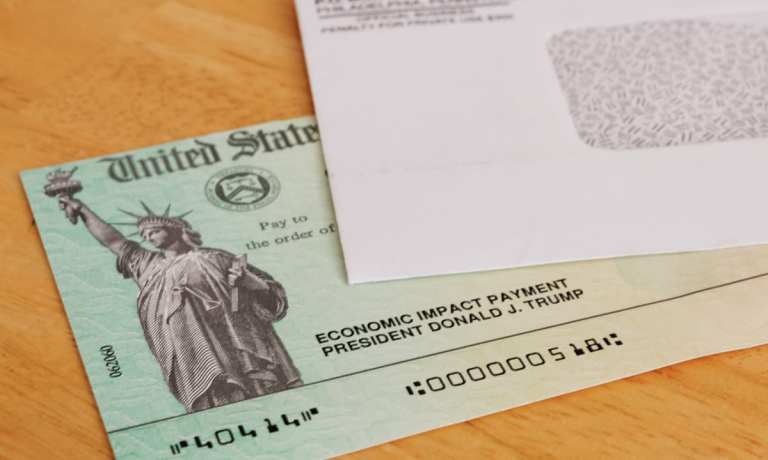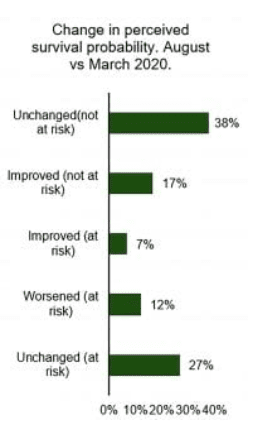
A new U.S. federal COVID-19 stimulus is possible, and maybe even likely, but how much – and who will get it – is less clear.
The 2020 election is in the rearview mirror and a vaccine is seemingly on the horizon, but the fact remains that the U.S. economy’s recovery from the pandemic has been uneven so far. Unemployment has declined in recent months but remains stubbornly high, so the “will they or won’t they” question over a stimulus package looms over Congress.
There are still some U.S. Senate races undecided, including two in Georgia that could determine which party controls that chamber. And depending on your point of view, even the presidential contest might still be slogging on.
The “blue wave” that some had hoped for didn’t materialize – and with no Democratic sweep, it’s unlikely that we’ll see a new stimulus round of the $2.3 trillion magnitude seen earlier this year. And with a lame-duck president apparently in place, any real negotiations will have to be done between Democratic House Speaker Nancy Pelosi and Republican Senate Majority Leader Mitch McConnell, at least for the time being.
The fight began anew this week as the Senate got back into session. McConnell said that a stimulus bill remains “job one.” Reports indicate that the timeline is to get a bill passed by Dec. 31, meaning Capitol Hill has its work cut out for it.
There are at least a few proposals on the table right now, but they’re all of significantly different sizes and scopes. Before the election, a $2 trillion+ package negotiated largely between Pelosi and U.S. Treasury Secretary Steve Mnuchin had passed the Democratic-controlled House and been on the table in the GOP-run Senate.
But McConnell said last week that Pelosi “laid out [a] package with all kinds of things that I felt were simply unrelated to the subject. I laid on the Senate floor not once, but twice, half-a-trillion dollars … targeting the school situation [and] the need to replenish the PPP small loan program.”
Pelosi, as quoted by CNET, said that “while we prepare for the new Biden administration, we must also move swiftly for a new coronavirus relief bill. We want the Republicans to come back to the table.”
Biden Has a Proposal, Too
But there’s not only a Democratic plan and a smaller Republican plan, but also a third option championed by President-elect Joe Biden.
That would include $1,200 in stimulus checks to most U.S. adults and $600 per week in extra federal unemployment benefits (reinstating a program that had lapsed at the end of July). The Biden camp said that extra jobless benefits would continue for “however long the crisis lasts.”
Social Security benefits would also go up by $200 monthly, while COVID-related medical treatment would be free. The Biden team said it would also support future additional stimulus checks “as required.”
The president-elect is also proposing $377 billion in aid for small businesses, which banks would extend to smaller firms so they can make payroll.
“He would also make clear that $377 billion is not a cap — we will spend whatever it takes,” according to the campaign’s “Biden Emergency Action Plan to Save the Economy.”

Time Is Running Out
As for the timing of it all, the two sides might agree on a stimulus bill before the Jan. 20 inauguration of President-elect Biden.
But the House and Senate still seem miles apart, and a pre-Jan. 20 deal would require a signature by current President Donald Trump. Such a bill could fail in either chamber, which means we’d likely see legislation taken up next year in a new Congress and with a new president.
However, time is of the essence, especially for U.S. small and medium-sized businesses. PYM
NTS’ latest study of SMB owners found that only 23 percent said their businesses’ chances of survival have improved, while 12 percent said their chances had worsened and the remainder said their chances were unchanged.